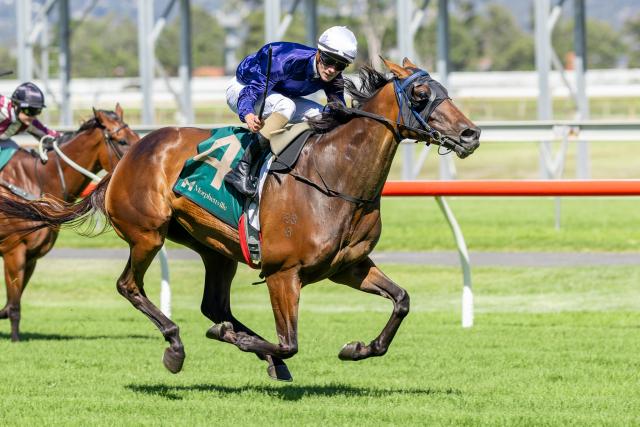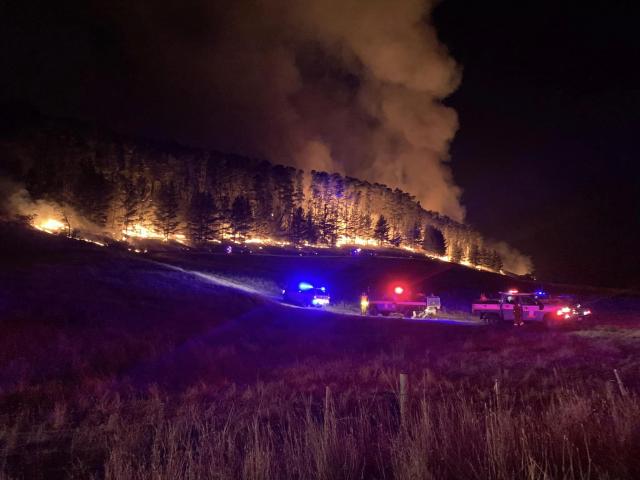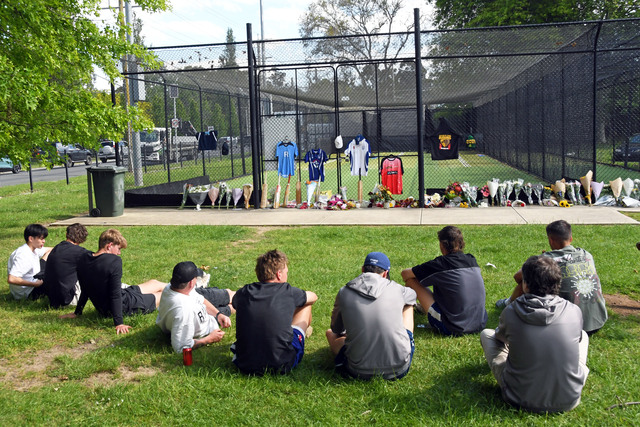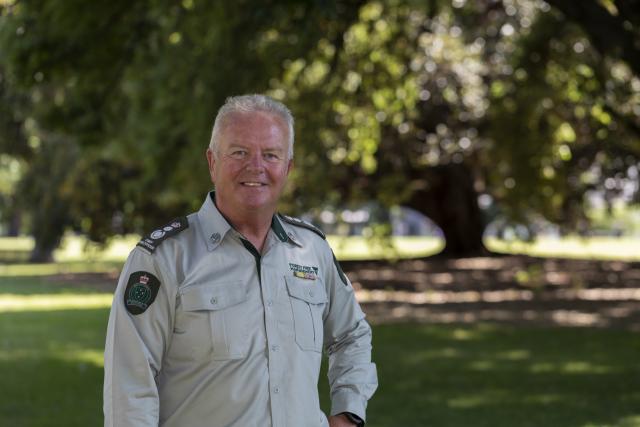Racing is a dangerous and sometimes lethal pursuit, largely for the animal and the grossly underfed
human sitting on its back.
With the Spring Racing Carnival in full swing this week horses are the stars.
These magnificent, powerful creatures have captivated people’s imaginations for centuries, from myths and legends they have left a significant mark in various contexts: warfare to literature culture and sport.
So when these animals show up in our dreams, they carry deep symbolic meaning that often represents raw instincts, sexual energy, inner power, or a need for freedom and escape.
In the realm of dreams, they come,
Horses with manes like waves of silver moonlight,
Hooves that scatter stardust, tails that sweep the night.
They carry us beyond the bounds of reality,
Into worlds unseen, unexplored, unknown.
Mystic Companions by Dan Higgins
The relationship between horses and people is rich, deep, and ancient.
Think Bucephelus Alexander the Great’s beloved steed or Seabiscuit, the American thoroughbred of unimpressive lineage that during the Depression brought hope to millions happy to see an underdog succeeding. And similarly, our own Phar Lap was a source of pride for struggling Australians. Nor to be forgotten is the bravery and loyalty of horses on the front lines providing companionship and strength to soldiers in past wars.
Horses have also played a major role in transport, food production and industry.
Whether pulling the ploughs in the fields or working as pit ponies in mines.
Not that very long ago milk was still delivered in some areas by a horse drawn vehicle.
In The Man from Snowy River, Banjo Paterson illustrates the bond that existed between Australians and their horses, portraying horses as more than just animals; they are loyal partners and trusted companions in a challenging environment.
So he went; they found him later, at the bottom of the hill,
In a clump of trees and scrub, all gaping wide;
And the man from Snowy River never haggled at a hill —
For his horse could climb a mountain that an alpine goat would shirk,
And he counted on his horse, his friend, his only hope and work.”
This Week as the Spring Racing Carnival unfolds reaching its peak with the Melbourne Cup there are mixed feelings abroad.
Victorians are undoubtedly happy to enjoy a holiday, but not all see this event in a positive light.
The increasing commercialization of the event and the expanding international influence has in many minds make it appear as detached from the roots of Australian culture.
But for government and business the Melbourne Cup generates more economic benefit than any other sporting event in Australia.
Still the groundswell of critics is growing Foremost is concern for the welfare of the animals.
Those in the industry will argue that race horses are the most pampered animals cared for by teams of, grooms, farriers, nutritionists, veterinarians, behaviourists and physiotherapists to make sure they are in peak health and condition.
Many like Australian philosopher and animal rights advocate Peter Singer argue that horse racing is ethically unjustifiable as horses are often subjected to significant injury and suffering primarily for human entertainment and profit.
There is the selective breeding and discarding of those that early show a lack of racing potential.
And then there’s the practice of overtraining young horses often leading to injuries making them no longer profitable for racing.
This raises disturbing questions as to what happens to them?
Some are ’rehomed’ with families, farms or charities but the ugly fact remains that slaughter of thoroughbreds is legal in Australia and that is the fate of many.
For many the use of the whip is unacceptable.
There are now restrictions on the use of the whip but it still allows the jockey to inflict pain when the guidelines only stipulate that the whip be used in a way that is humane and to avoid sensitive parts.
And horse injuries and deaths still occur.
It’s worthwhile to remind those who justify extreme training and racing by believing that horses like their human counterparts are elite athletes and therefore happy to undergo rigours of training etc.
The difference is that the human athlete made a choice to become one, whereas the horse was not given that choice.
The horse is, like man, the most beautiful and most miserable of creatures, only, in the case of man, it is vice or property that makes him ugly.
He is responsible for his own decadence, while the horse is only a slave. Rosa Bonheur, The Horse
The economic boost of the Cup spans numerous sectors, including retail, hospitality, and tourism.
It seems more and more that this is an event about corporate branding with so called celebrities, influencers and affluent socialites promoting outfits ranging from the extreme to the bizarre and dining and wining in magnificent marquees while the general public is confined to lawn areas and General Admission Stands.
Often the traditional elegance of the past has given away to unfortunate fashion choices, excessive drinking and questionable behaviours.
Overall, while the Melbourne Cup is a celebrated event bringing people together, the social divisions are evident in the way attendees engage with the event, their attire, and the areas allocated.
While many participants and businesses involved in the Melbourne Cup profit, the racing clubs, sponsors, and betting agencies often see the most significant financial gains overall.
Overall, while the Cup might not consistently lead to the same high-frequency losses that everyday gambling venues do, it still represents a substantial risk for those susceptible to gambling harm, especially given the heightened media coverage and huge focus on the race.
For those who look forward to the Cup as their one flutter for the year, I wish you all the best of luck.
But be mindful that behind the glitter and glam there is the reality and spare a thought for the horses.
The Woorilla Poetry Prize Event will be held at 2pm on 17 November at the Hills Hub.
Delightful afternoon of performances, music and great food.







